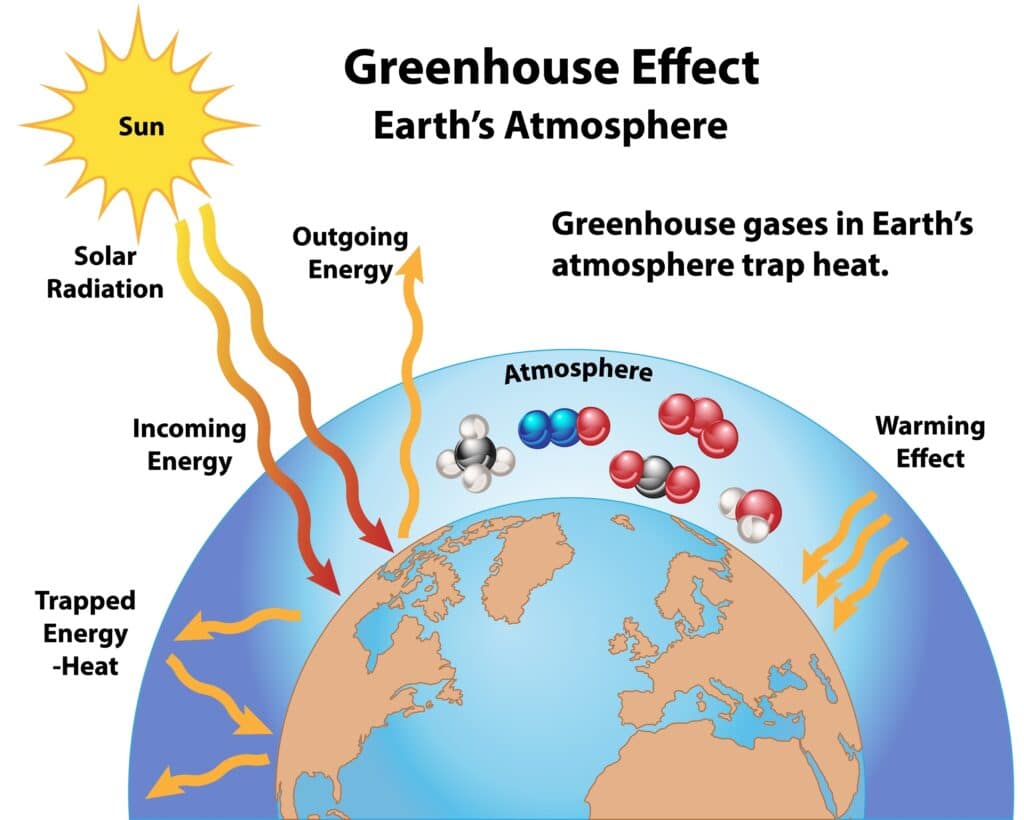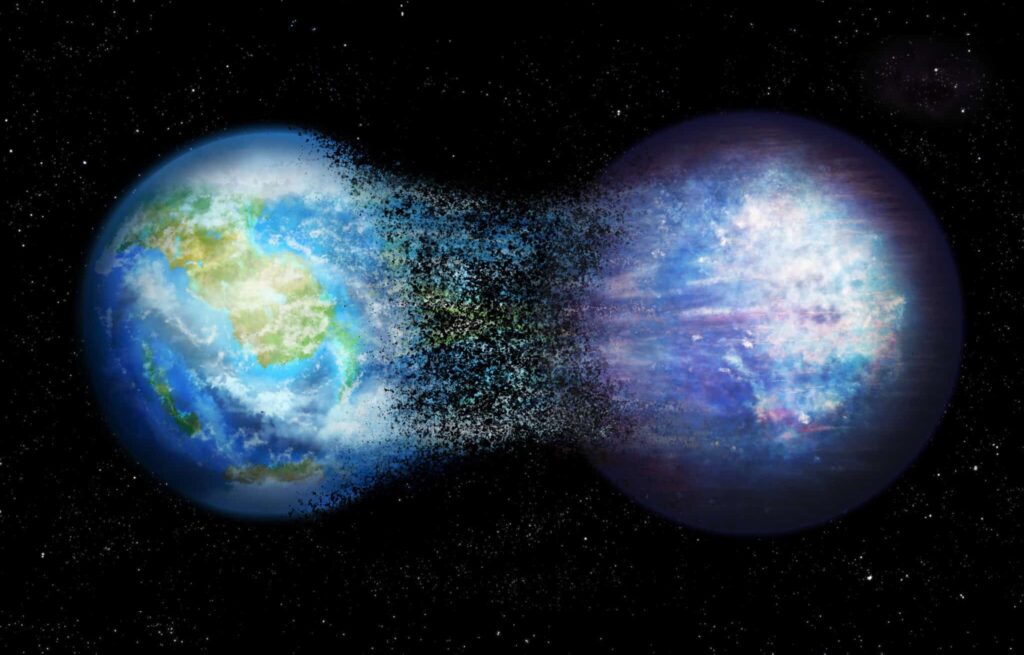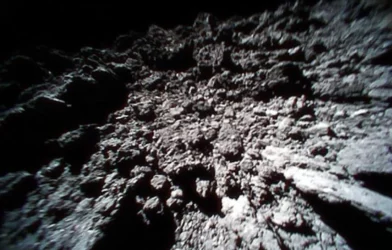Astronomers simulate runaway greenhouse process, shedding light on future of our own climate
“Hell on Earth” could one day be more than just a figure of speech, according to new research. Astronomers from the University of Geneva (UNIGE), collaborating with the CNRS laboratories of Paris and Bordeaux, have successfully simulated the complete runaway greenhouse process, a phenomenon that can turn a planet like Earth into an inhospitable world akin to Venus.
Scientists say this significant achievement marks a world-first in climate modeling.
Understanding the Runaway Greenhouse Effect
The Earth, our blue and green home, is a stark contrast to the yellowish, sterile Venus. Past research shows the difference between these two planets is merely a few degrees in temperature. Now, scientists say a slight rise in temperature can trigger an almost unstoppable and hard-to-reverse runaway greenhouse effect.
Researchers at UNIGE suggest habitable planets could potentially see surface temperatures soar over 1000°C, or what they describe as a “true hell,” with water vapor being the main culprit. That’s because water vapor is a natural greenhouse gas and traps heat within the planet, instead of allowing it to vent into space.
“Until now, other key studies in climatology have focused solely on either the temperate state before the runaway, or either the inhabitable state post-runaway,” says study co-author Martin Turbet, researcher at CNRS laboratories of Paris and Bordeaux, in a statement. “It is the first time a team has studied the transition itself with a 3D global climate model, and has checked how the climate and the atmosphere evolve during that process.”
The researchers highlight a critical threshold for water vapor. Beyond this point, a planet cannot cool down, leading to catastrophic results. “Everything gets carried away until the oceans end up fully evaporated, and the temperature reaches several hundred degrees,” explains Guillaume Chaverot, former postdoctoral scholar in the Department of Astronomy at the UNIGE Faculty of Science and main author of the study.

World Premiere in Climate Modeling
As Turbet noted, the study is the first to use a 3D global climate model to examine the entire transition from a temperate to an uninhabitable state. “It’s the first time a team has studied the transition itself,” reveals Martin Turbet, a researcher at CNRS and co-author of the study.
A key finding is the appearance of dense clouds in the high atmosphere, altering the atmospheric structure. “Actually, the latter does not display anymore the temperature inversion characteristic of the Earth atmosphere and separating its two main layers: the troposphere and the stratosphere. The structure of the atmosphere is deeply altered,” points out Chaverot.
This discovery has significant implications for understanding the climates of other planets, especially exoplanets. “By studying the climate on other planets, we aim to determine their potential to host life,” says co-author Émeline Bolmont, an assistant professor and director of the UNIGE Life in the Universe Center (LUC).
How Runaway Greenhouse Effect Threatens Earth
The scientists’ new climate models suggest that even a minor increase in solar irradiation could trigger this irreversible process on Earth. That means if the temperature of the planet increased by “only a few tens of degrees” we would see a similar outcome. This underscores the importance of current climate goals, such as limiting global warming to 1.5 degrees by 2050.
“Assuming this runaway process would be started on Earth, an evaporation of only 10 meters of the oceans’ surface would lead to a 1 bar increase of the atmospheric pressure at ground level,” says Chaverot. “In just a few hundred years, we would reach a ground temperature of over 500°C. Later, we would even reach 273 bars of surface pressure and over 1 500°C, when all of the oceans would end up totally evaporated.”
The research is published in Astronomy & Astrophysics.












